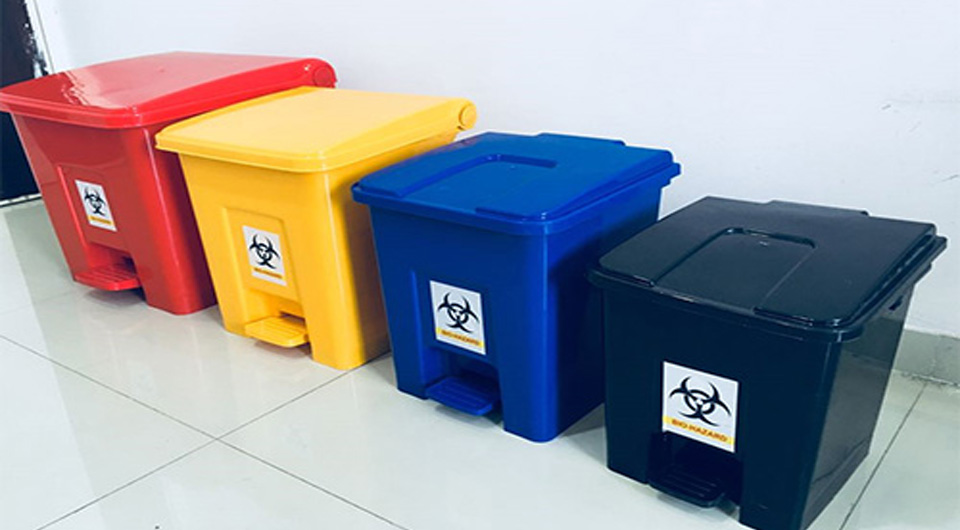
DUSTBINS
A lot has been said over the years regarding health and hygiene in hospitals, but one thing that is overlooked time and again is hospital-acquired infections. As such, one of the most important tools in hospital hygiene is hospital bins. The clinical waste bins are a essential hospital accessory for hospitals, clinics, and health care centers. Medical Centers are those places where hygienic facilities and cleanliness are the first priority.
Medical centers including hospitals, clinics, and places where diagnosis and treatment are conducted generate wastes that are highly hazardous and put people at risk of fatal diseases. Although the understanding of medical waste management and control techniques is important, technical elective courses that are offered in undergraduate chemical, civil or environmental engineering place less emphasis on this area of education.
The hospital dustbin price might vary depending upon various other factors.
Introduction
Waste, in general, is any substance (solid, liquid, or gas) that has no direct use and is discarded permanently. A waste is considered hazardous if it exhibits any of the characteristics such as being flammable, reactive, explosive, corrosive, radioactive, infectious, irritating, sensitizing, or bio-accumulative. The management of medical waste has been of major concern due to potentially high risks to human health and the environment. In the past, medical wastes were often mixed with household wastes and disposed of in municipal solid waste landfills.
Medical Waste Management Techniques :
There are several methods to minimize the hazards resulting from medical waste.
1. Segregation
Segregation is useful since it prevents the contamination of non-hazardous waste by the hazardous waste and makes the whole waste stream hazardous. Thus, this method will reduce the toxicity and the volume of the waste stream.
2. Separating Different Categories of Medical Wastes
In medical centers, infectious and pathological waste, and sharps are placed in the different dustbin for hospital waste. The sharp waste containers are labeled as “biohazard”, closed, watertight and of uniform color for each type of medical waste throughout the medical center.
3. Disinfection
In order to reduce the toxicity of some medical wastes, chemical disinfectants (i.e. chlorine dioxide, sodium hypochlorite, or peracetic acid) are sometimes used. For solid wastes, disinfection is effective if only waste materials are shredded.
4. Incineration
Incineration is the process of destroying waste by burning it at elevated temperatures in furnaces. The process removes hazardous materials, reduces the mass and volume of the waste, and converts it into ash that is harmless. Incineration is suitable for wastes that are 60% combustible.
5. Disinfection by Plasma
In this process, low-temperature plasma which is produced by the plasma generator using air as working fluid organizes a combustion process. The medical waste is constantly mixed, thus it maximizes the heat and mass exchange which saves any energy loss. The heat produced is used as an additional heat source in the process. T
6. Emerging Technology
New technology for the management of hazardous medical waste that transforms regulated medical waste into municipal solid waste was recently introduced. This method involves shredding and grinding the infectious medical waste bags via sharp cutting blades that are installed within the vessels.
Conclusion
Medical wastes are highly hazardous and put people at risk of fatal diseases. The understanding of medical waste management and control techniques is important. In this paper, introductory materials on the definition of medical waste, medical waste management regulatory acts, the risks of exposure, medical waste management procedures, and control techniques are presented.

Recent Comments